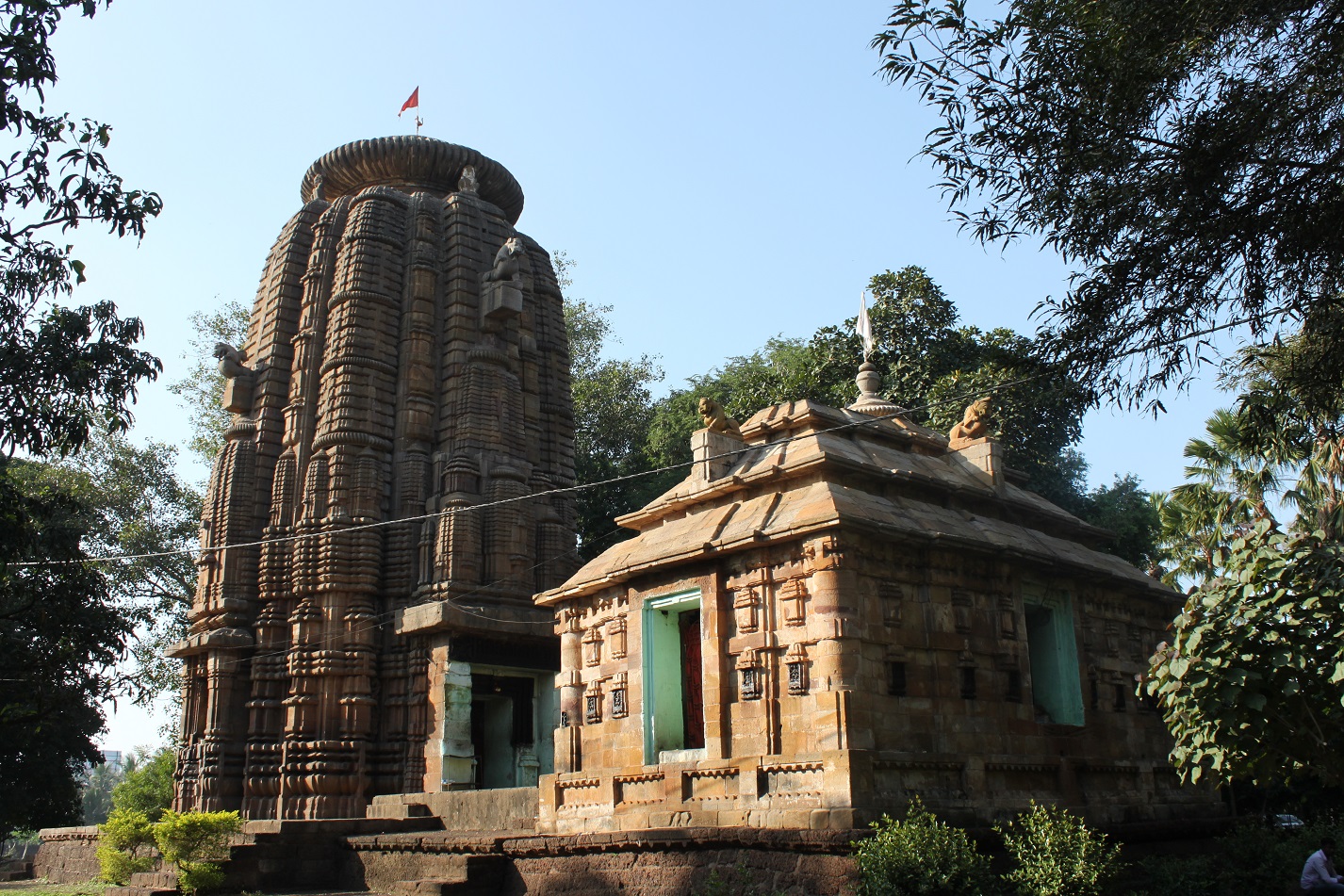Rameshvara temple is locally known as Mausi-ma temple and for good reasons. It is located opposite to the Shatrughneswara group. The region, comprising of these temples, appears to be of considerable antiquity and it is attested by the discovery of an Ashokan bell-capital, now housed in the Orissa State Museum, from the precincts of a tank located inside the Rameshvara Temple compound. The present name of the tank, Ashoka-jhara, also appears as a reminiscent of its Mauryan connection. The antiquity of the region is further attested from the fact that the Shatrughneshvara group consists the earliest temples of Bhubaneswar. The pitha of the Rameshvara temple dates from this very early period as evident from the chaitya design over the stones as well as clamp marks. An early Ganesha image of 6th-7th century CE, enshrined in its jagamohana, is also an indication of its period.
Its antiquity is further attested by a live tradition. Every year, on the day of Ashoka-ashtami, one day before Rama-navami of Chaitra month, Lord Lingaraja, in his movable form of Chandrasekhara, comes to Rameshvara on his chariot, Sivadalana or Rukuna Rath, to stay for four days. Panigrahi suggests that such events, where a movable image of Lord Lingaraja is taken and kept in different temples, represent a token of a courtesy visit of the supreme deity to its older and more established counterparts and contemporaries. This suggests that the original shrine of Rameshvara held quite an importance before the construction of the Lingaraja temple.
The pitha of the present temple rises to a considerable height of 7.5 feet. Above it stands the deul and a disjoint jagamohana. The deul is pancha-ratha in plan. Bada consists of five sections, pabhaga, lower jangha, madhya-bandgana, upper jangha and baranda. Pabhaga is built with five mouldings. Jangha has two storeys separated by a madhya-bandhana consisting of three mouldings. Separate niches are provided on the two storeys at kanika and anartha pagas, while a single raha niche spans across these two storeys. Anuraha recess has virala motif at lower storey and mithuna figures at upper storey.
Baranda has ten mouldings above which rises gandi (tower) built in four bhumis (floor). Udyata-lions are placed on the raha-paga. Above these lions are beki-bhairavas to support amalaka. The entrance door has four bands with dvarpalas at the jambs. The dvarpalas are Shaivite in character and are accompanied with river goddesses. Above the lintel are placed nava-grhas in separate niches.
All the parshva-devatas in the raha-niches have survived. In these raha-niches are found Kartikeya, Parvati and Ganesha, placed at their respective direction. Kartikeya is shown with four hands holding a shakti. Parvati is also shown with four hands carrying different attributes including a bow. Ganesha is shown with four hands holding a modaka-vessel. All these parshva-devatas are accompanied with their respective mounts.
The jagamohana is placed disjoint to the original deul however both shares the same pitha. It stands at a little distance facing opposite the deul. It is of course a later construction. Its jangha is divided into two storeys, both containing multiple niches. Only the lower storey niches have images, mostly of mithuna figures.

